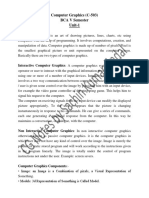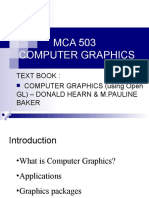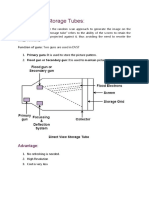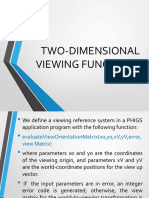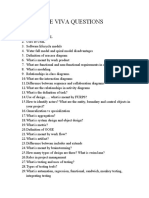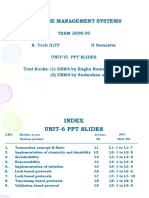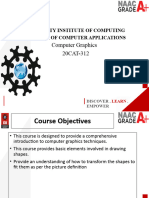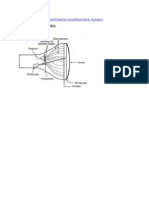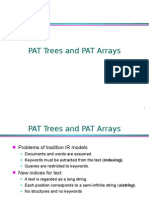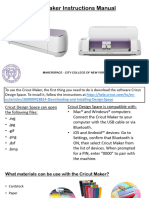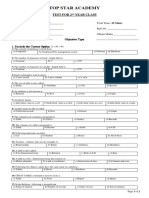100% found this document useful (1 vote)
3K views18 pagesRaster Scan System and Random Scan System
Raster scan systems use a video controller to control the display device. The video controller accesses a frame buffer in system memory to refresh the screen. It uses x and y coordinates to reference pixel positions on the screen. As it scans across each line from top to bottom, it retrieves the pixel intensities from the frame buffer and displays them. The video controller can perform operations like refreshing, transformations, and mixing frame buffer images with external video sources. Raster graphics systems often include a display processor that offloads graphics tasks from the CPU by performing scan conversion and other operations.
Uploaded by
Santosh JhansiCopyright
© © All Rights Reserved
We take content rights seriously. If you suspect this is your content, claim it here.
Available Formats
Download as PPT, PDF, TXT or read online on Scribd
100% found this document useful (1 vote)
3K views18 pagesRaster Scan System and Random Scan System
Raster scan systems use a video controller to control the display device. The video controller accesses a frame buffer in system memory to refresh the screen. It uses x and y coordinates to reference pixel positions on the screen. As it scans across each line from top to bottom, it retrieves the pixel intensities from the frame buffer and displays them. The video controller can perform operations like refreshing, transformations, and mixing frame buffer images with external video sources. Raster graphics systems often include a display processor that offloads graphics tasks from the CPU by performing scan conversion and other operations.
Uploaded by
Santosh JhansiCopyright
© © All Rights Reserved
We take content rights seriously. If you suspect this is your content, claim it here.
Available Formats
Download as PPT, PDF, TXT or read online on Scribd
/ 18








